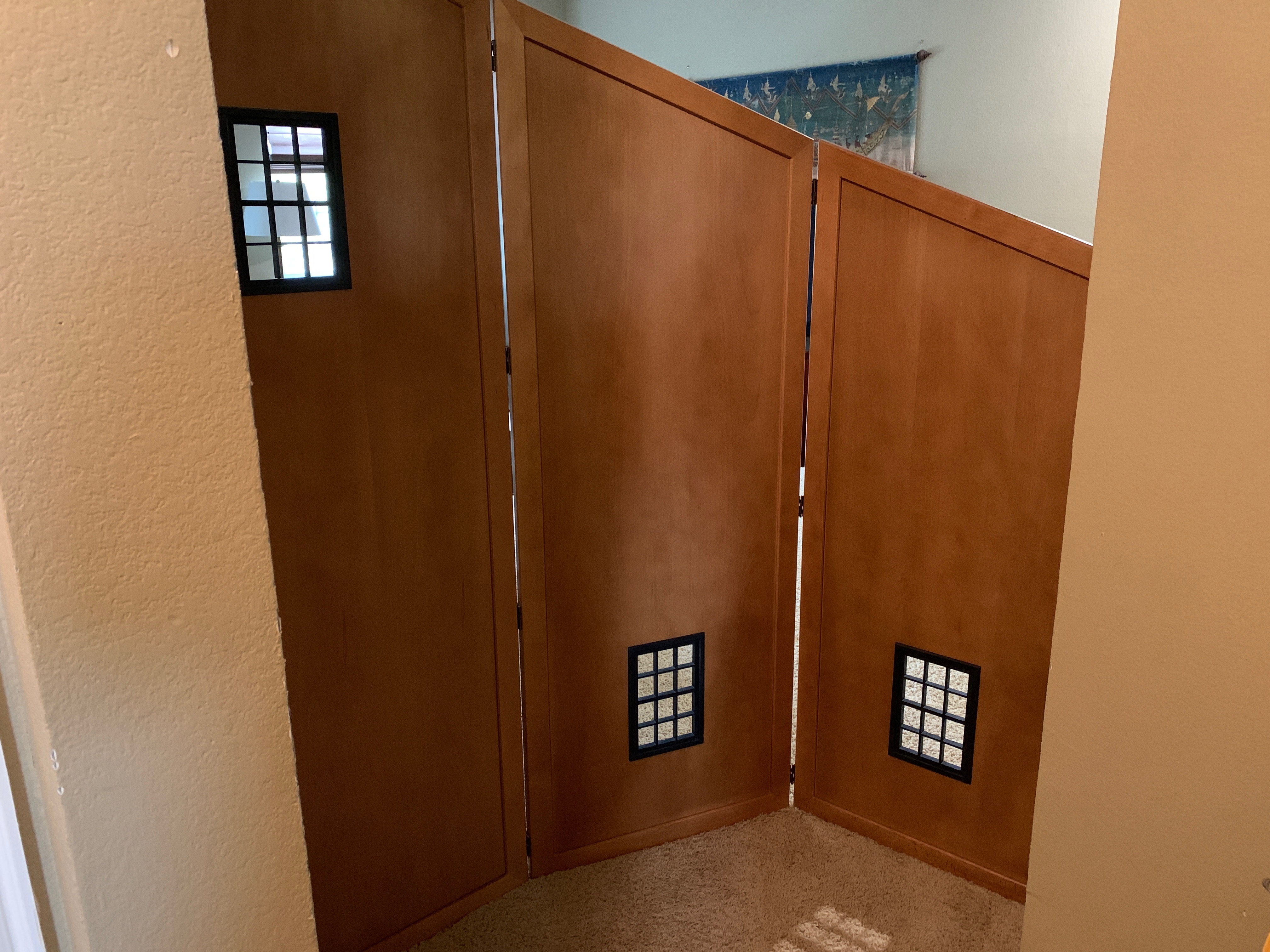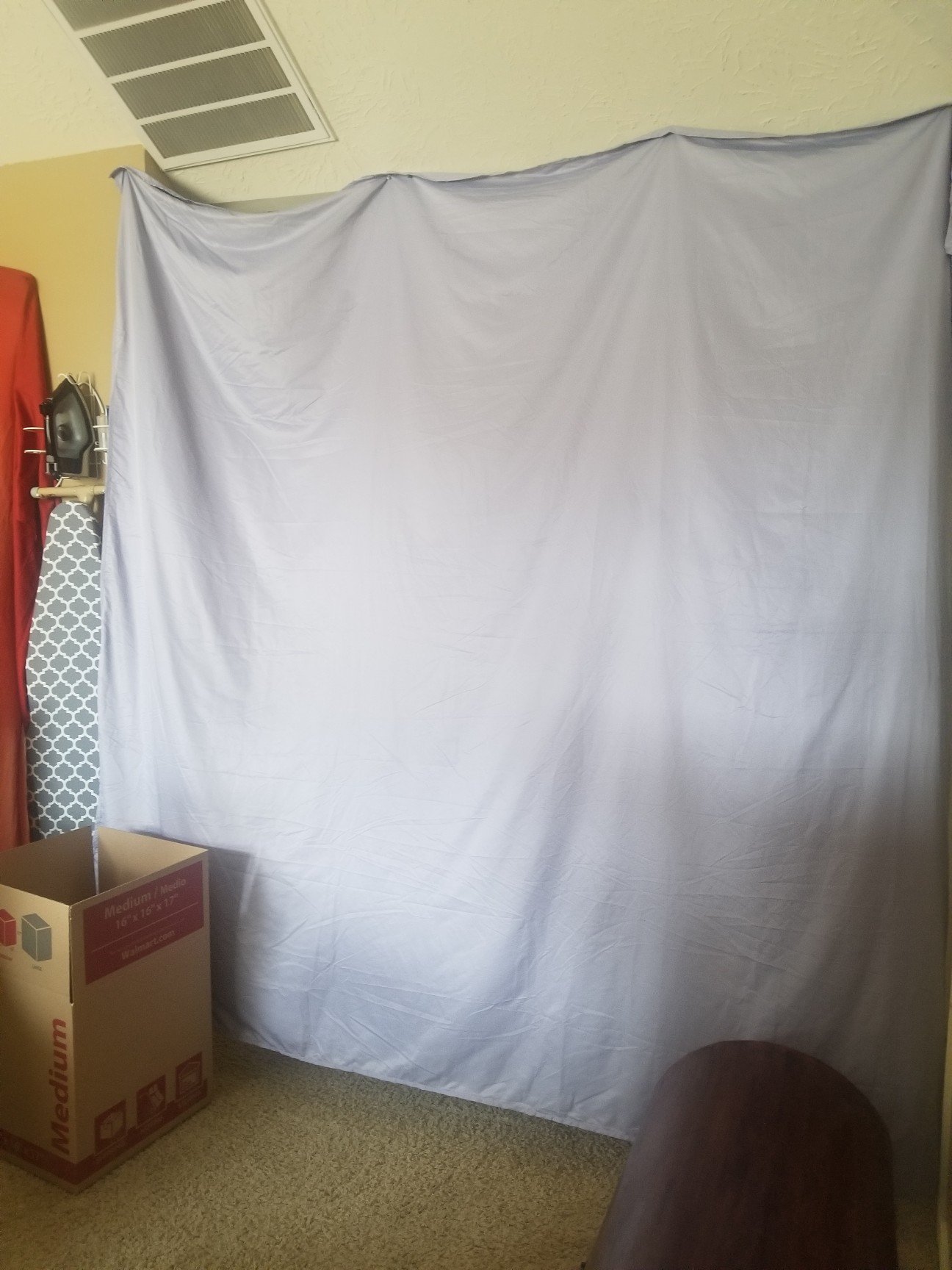As soon as Isaiah Drummond ’20 arrived home in Houston, his parents told him to take off his clothing, put it in a trash bag, take a shower and get into new clothing.
It was the beginning of seven days of self-quarantine, out of fear that Drummond — who interacted with large numbers of people in the days before leaving campus, including some who were sick and getting tested for COVID-19 — might pass the virus along to his diabetic father, whose condition could significantly worsen the symptoms of the disease. Drummond spent the week confined to a three-room section of his home, separated from the rest of the house by a bed sheet draped from the ceiling.
After the vast majority of undergraduates left campus, some students self-quarantined in their homes away from other family members, either to protect immunocompromised and at-risk family members or to simply prevent the further spread of the coronavirus. Generally confined to a bedroom and a nearby, sometimes adjacent bathroom, students described a variety of reasons for entering self-quarantine.
Isaiah Drummond ’20 spent a week confined to a three-room section of his home, separated from the rest of the house by a bed sheet draped from the ceiling. (Photo courtesy of Isaiah Drummond)
“Coming from the Bay Area, I was worried that I would be carrying COVID-19,” said Josh Cobler ’20, whose younger brother is immunocompromised as a result of ongoing cancer treatments.
Having returned to his family’s home in Plano, Texas, he wears an N95 mask any time he is outside his room, wears gloves while petting his dog and avoids indoor common spaces as much as possible.
Others, such as Kathy Huang ’21, do not necessarily have immunocompromised family members but have chosen to self-quarantine anyway out of an abundance of caution and a desire to prevent further spread of the disease.
“I think it’s really everyone’s civic duty to not spread [COVID-19] to anyone, whether they’re immunocompromised, elderly or not,” Huang said. “I came from the Bay Area and also a college dorm, which is definitely a hotspot. I think it’s my responsibility to not pass it to anyone.”
While most students are simply taking precautions, others have gone into self-quarantine after suspecting that they may in fact have COVID-19 themselves. Sarah Smith ’22 left campus just two days after the University announced on March 6 that classes would be moving online.
“While I was flying home, I just started feeling really sick,” said Smith, who herself has an autoimmune disease.
Upon arriving home, Smith entered self-quarantine in order to protect the rest of her family members, who are also immunocompromised.
“I think we all kind of knew this had to happen for everyone to stay safe,” she said.
Three days later, as she was briefly hospitalized after having difficulty breathing, doctors tested her for COVID-19. When her test came back negative, she was able to emerge from self-quarantine after a total of five days.
“When I thought I was sick, I was terrified, because I didn’t want to get anyone else sick,” Smith said.
Quarantined from their families for several days, students have had meals brought to them and left outside their doors, sometimes even on paper plates to minimize possible viral transmission through dirty dishes. While some had to stay indoors at all times, others were able to leave the house to go on short walks.
“If I want to go walk around the neighborhood, I just have to quickly exit the house,” Cobler said.
Huang was able to leave as well, so long as she let her family know ahead of time and avoided touching any door knobs.
In the absence of standardized guidelines for self-quarantine, students have been following a combination of advice from medical professionals, information from local news and individual understandings of what self-quarantine means. This has led to variation in both the stringency and the length of self-quarantine periods.
“My doctor advised limiting contact,” Smith said. “The emergency room doctors and operators also said the same thing, just try to minimize contact as much as possible.”
“I think it’s pretty self-explanatory to avoid contact,” Huang said.
Drummond ended his quarantine seven days in, after five individuals he’d been in contact with on campus tested negative for COVID-19 and he had failed to show any symptoms. With his older sister about to move back into the house, Drummond said it no longer seemed worth it to continue the quarantine.
Forced to spend entire days confined to relatively small spaces, students highlighted some of the ways they sought to preoccupy themselves.
“It’s definitely gotten a lot easier as time has gone on,” Huang said. “At the beginning it was definitely very difficult.”
Methods of passing time have included talking with friends through Zoom, doing school work, spending more time than usual on social media and playing video games.
“I mean, I’ve been going crazy,” Cobler said. “I tried to set up a Nintendo Switch and figure out if I can play the new Animal Crossing game, I’m spending a lot of time on Twitter, a lot of time on social media in general and I downloaded TikTok. It really does feel like I’m looking for literally anything to do.”
“It’s going to be a weird time going forward, but I think there’s a lot of opportunity for people to better connect than on campus,” Drummond said. “I feel as though Stanford flakiness has dropped dramatically during this time.”
Contact Bryan Metzger at bmetzger ‘at’ stanford.edu.

